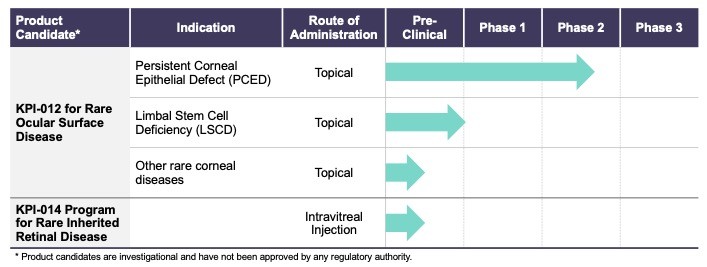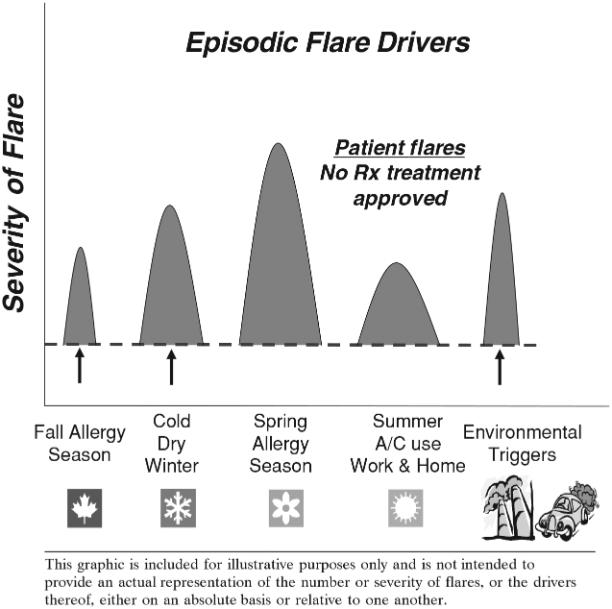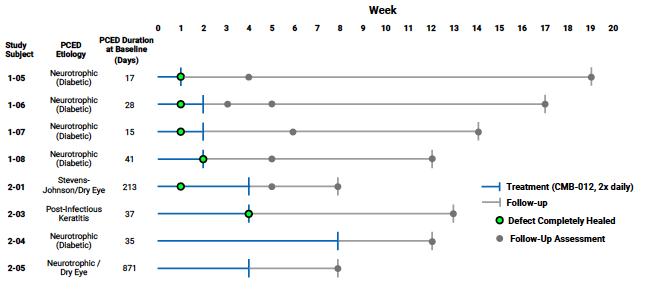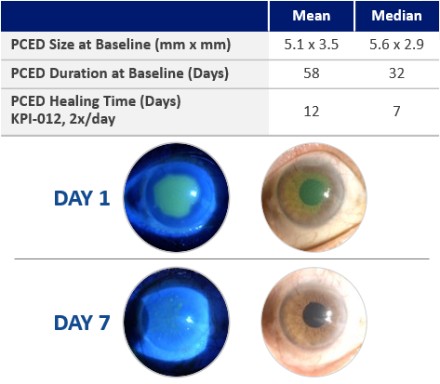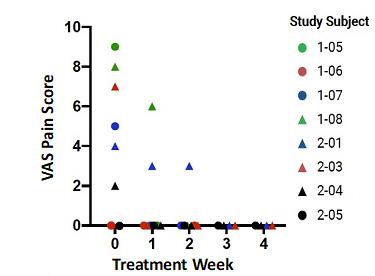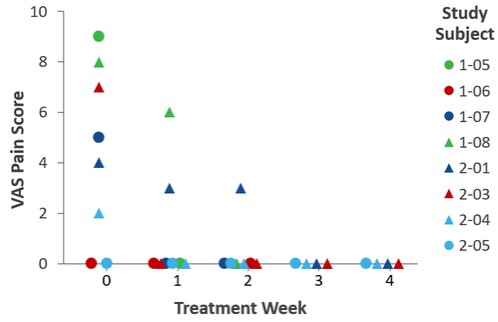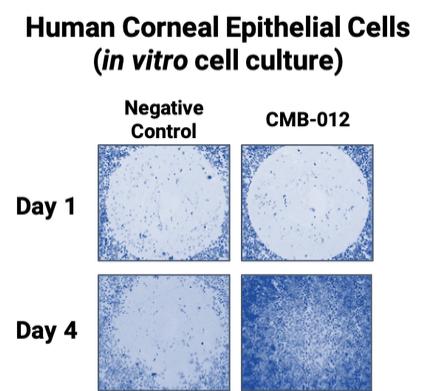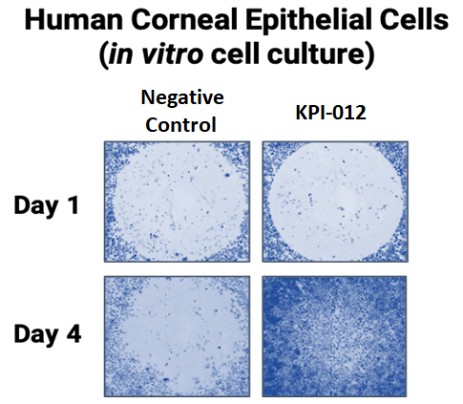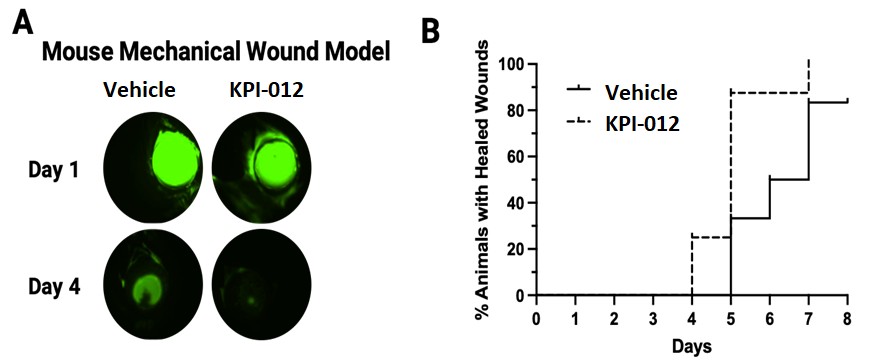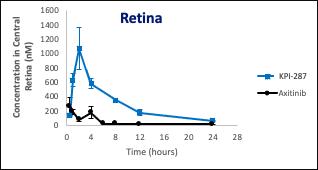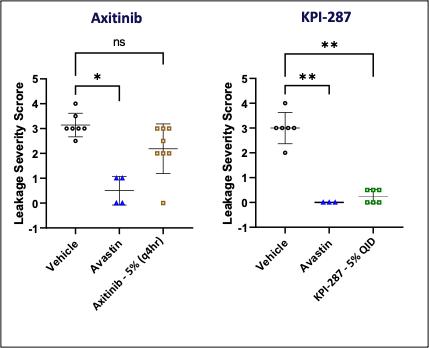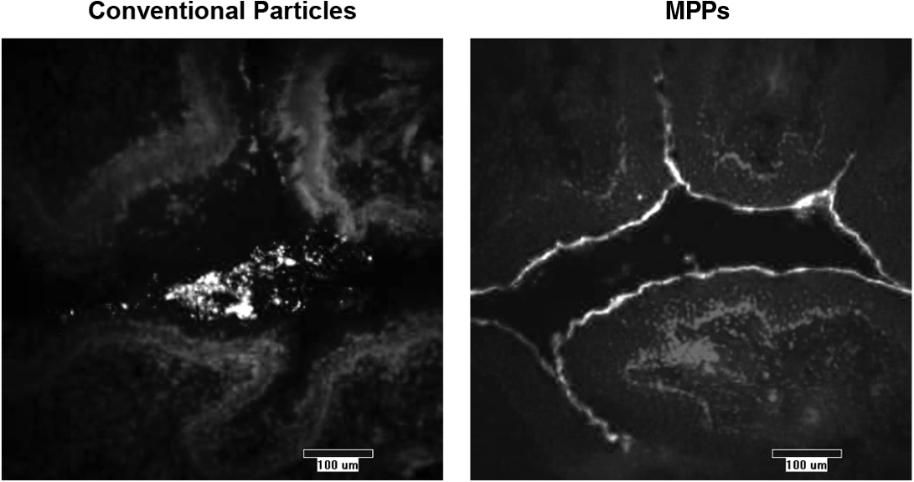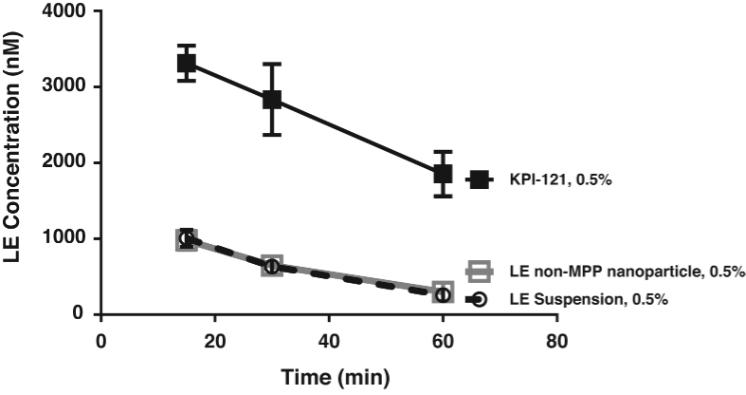On August 9, 2018,only if the corresponding milestone is achieved again in a subsequent calendar year. To date, we filed our shelf registration statement on Form S-3 that was declared effective by the SEC on August 27, 2018,have not received any such milestone payments. We now have no revenue-generating commercial products, and although we are eligible to receive up to $325.0 million in milestone-based payments from Alcon, there can be no assurance as to when we may receive such milestone payments or the 2018 Shelf Registration, under which we could initially offer and sell up to $250.0 million of a variety of securities including common stock, preferred stock, warrants, depositary shares, debt securities, purchase contracts, purchase units or any combination of such securities during the three-year period that commenced upon the 2018 Shelf Registration becoming effective. The 2018 Shelf Registration is now expired.
On October 1, 2018, we entered into the Athyrium Credit Facility with Athyrium for up to $110.0 million. The Athyrium Credit Facility provided for a Term Loan A in the aggregate principal amount of $75.0 million, and a Term Loan B in the aggregate principal amount of $35.0 million whichmilestone payments we did not draw down. On May 4, 2021, concurrently with the closing of the Loan Agreement with Oxford Finance LLC and the borrowing of the tranche A loan, we utilized substantially all of the proceeds from the tranche A term loan to repay in full all outstanding amounts owedmay receive, if any.
Offerings under the Athyrium Credit Facility, under which we had an aggregate principal amount of $75.0 million of indebtedness outstanding. We terminated all commitments by Athyrium to extend further credit under the Athyrium Credit Facility and all guarantees and security interests granted by us thereunder. In connection with the termination of the Athyrium Credit Facility, we paid to the lenders a prepayment premium of $2.25 million and an exit fee of $0.8 million. The transaction resulted in a loss on extinguishment of debt of $5.4 million, consisting of the prepayment premium, the unamortized debt discount and the unaccreted exit fee.
On October 5, 2018, we sold 7,500,000 shares of common stock in an underwritten offering pursuant to the 2018 Shelf Registration at a public offering price of $8.25 per share, before underwriting discounts and commissions. Statements
In addition, the underwriters were granted an overallotment option to purchase an additional 1,125,000 shares of the common stock at the same public offering price, less underwriting discounts and commissions. On October 11, 2018, the underwriters exercised in full their option to purchase the overallotment shares. The total number of shares sold by us in the offering was 8,625,000 shares, resulting in net proceeds to us, after underwriting discounts and offering expenses, of $66.1 million. In connection with the filing of a registration statement on Form S-3 with the 2018SEC, or the 2020 Shelf Registration, we entered into aan amended and restated sales agreement with Jefferies, or the Amended and Restated Sales Agreement, pursuant to which we could issue and sell, from time to time, up to an aggregate of $50.0$75.0 million of our common stock in an ATM Offering, through Jefferies, as sales agent. Throughunder our at-the-market offering. During the first quarter of 2020,year ended December 31, 2022, we issuedsold an aggregate of 4,945,605148,461 shares of our common stock under the ATM Offering,Amended and Restated Sales Agreement, resulting in net proceeds of $1.0 million. From January 1, 2023 to us of $25.6 million. On MarchJanuary 10, 2020, we suspended and terminated the prospectus related to the ATM Offering.
On March 11, 2020,2023, we sold 16,000,000245,887 shares of our common stock in an underwritten offering pursuant tounder the 2018 Shelf Registration at a public offering price of $7.89 per share,Amended and Restated Sales Agreement, resulting in net proceeds of $118.2$10.0 million. On January 10, 2023, the Amended and Restated Sales Agreement terminated in accordance with its terms when we completed the sale of $75.0 million after underwriting discounts, commissions, and offering expenses. In addition, the underwriters of the offering were granted the option for a period of 30 days to purchase up to an additional 2,400,000our shares of common stock offered inthereunder. As of the public offering atdate of termination of the public offering price, less underwriting discounts, commissionsAmended and offering expenses. Restated Sales Agreement, we had sold an aggregate of 565,974 shares of our common stock under such agreement for aggregate gross proceeds of $75.0 million.
On April 3,January 19, 2023, we entered into a new sales agreement with Jefferies, or the Open Market Sale Agreement, pursuant to which we may issue and sell, from time to time, shares of our common stock through Jefferies under our at-the-market offering. We filed a prospectus supplement relating to the Open Market Sale Agreement under our 2020 Shelf Registration, or the underwriters exercised their option2020 Shelf ATM Prospectus Supplement, pursuant to which we could offer and purchased an additional 979,371sell shares of common stock at $7.89 per share,having an aggregate offering price of up to $40.0 million under the Open Market Sale Agreement. From January 19, 2023 to May 11, 2023, we sold 229,378 shares of our common stock under our at-the-market offering pursuant to the Open Market Sale Agreement under the 2020 Shelf Registration, resulting in net proceeds to us of $7.2 million, after underwriting discounts, commissions, and offering expenses. The total number of shares sold by us in the offering was 16,979,371, resulting in total net proceeds to us, after underwriting discounts, commissions and offering expenses, of $125.4$4.9 million.
Under the 2018 Shelf Registration, which has now expired, we issued an aggregate of 30,549,976 shares of common stock, including under the ATM Offering, resulting in aggregate gross proceeds to us of $231.7 million.
On May 7, 2020,March 3, 2023, we filed oura shelf registration statement on Form S-3 thatwith the SEC, or the 2023 Shelf Registration, which was declared effective by the SEC on May 7, 2020, or11, 2023. Under the 20202023 Shelf Registration under which we may offer and sell up to $350.0 million of a variety of securities including common stock, preferred stock, warrants, depositary shares, debt securities, subscription rights or units during the three-year period that commenced upon the 2020 Shelf Registration becoming effective.units. In connectionaccordance with the filingterms of the 2020 Shelf Registration, we entered into an amended and restated sales agreement with Jefferies, pursuant to whichOpen Market Sale Agreement, we may issue and sell, from time to time, up to an aggregate of $75.0$40.0 million of our common stock under our ATM Offering. Duringin an at-the-market equity offering through Jefferies. Upon effectiveness of the fourth quarter of 2020,2023 Shelf Registration, we issued an aggregate of 2,821,059 sharesceased any further offers or sales of our common stock underpursuant to the 2020 Shelf ATM Offering, resulting in net proceeds to us of $20.6 million. InProspectus Supplement and the 2020 Shelf Registration. During the year ended December 31, 2021,2023, we issued and sold an additional 5,760,198256,256 shares of our common stock under our ATM Offering, resulting inat-the-market offering pursuant to the 2023 Shelf Registration for total net proceeds to us of $41.2$3.6 million. As of
During the year ended December 31, 2021, there was $11.3 million2023, we sold an aggregate of 731,521 shares of our common stock remaining under the ATM Offering that we may issuepursuant to (1) our Amended and sell in the futureRestated Sales Agreement and excluding the shares of common stock that may be offered under our ATM Offering, there was $275.0 million of securities available to be issuedOpen Market Sale Agreement under the 2020 Shelf Registration.

